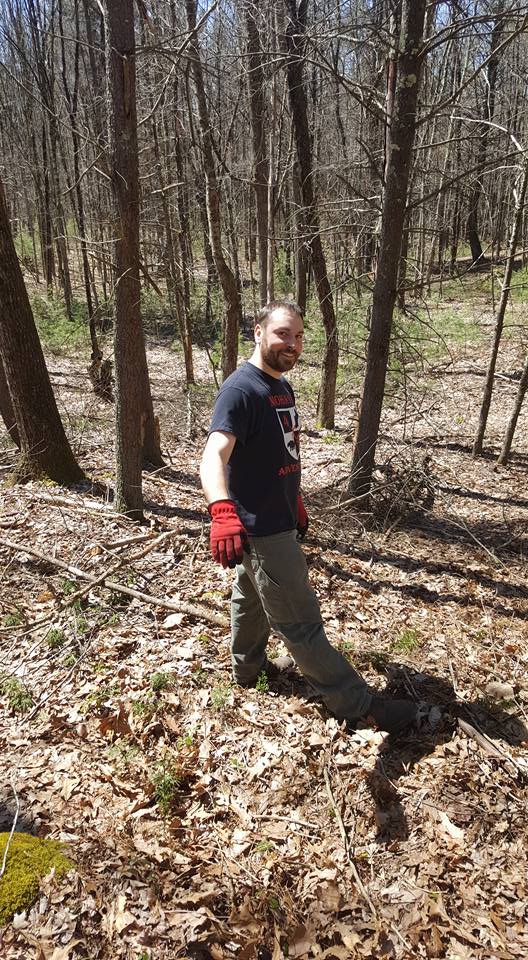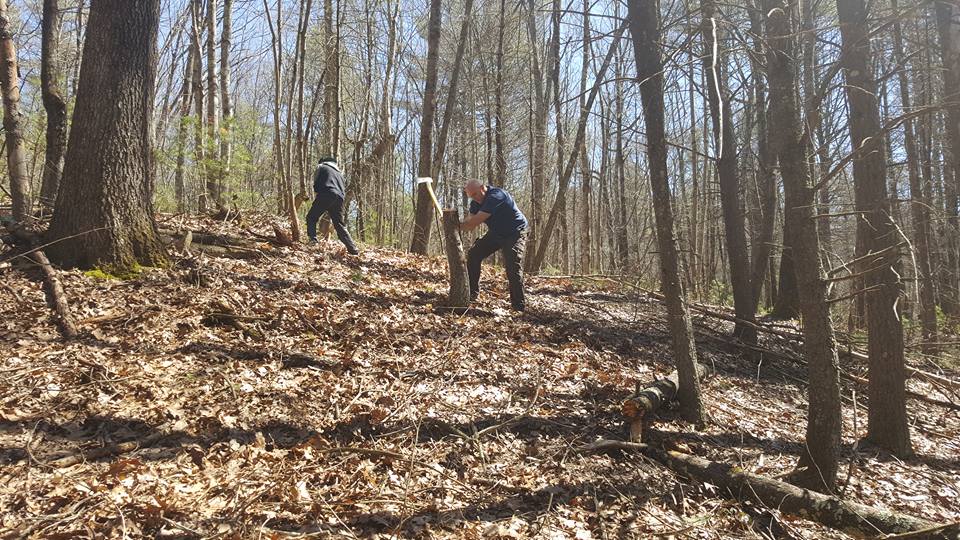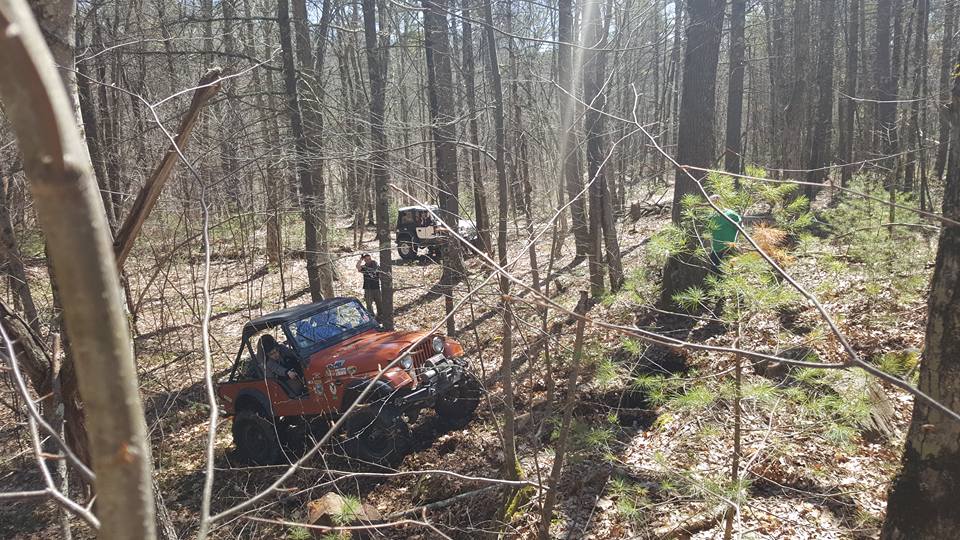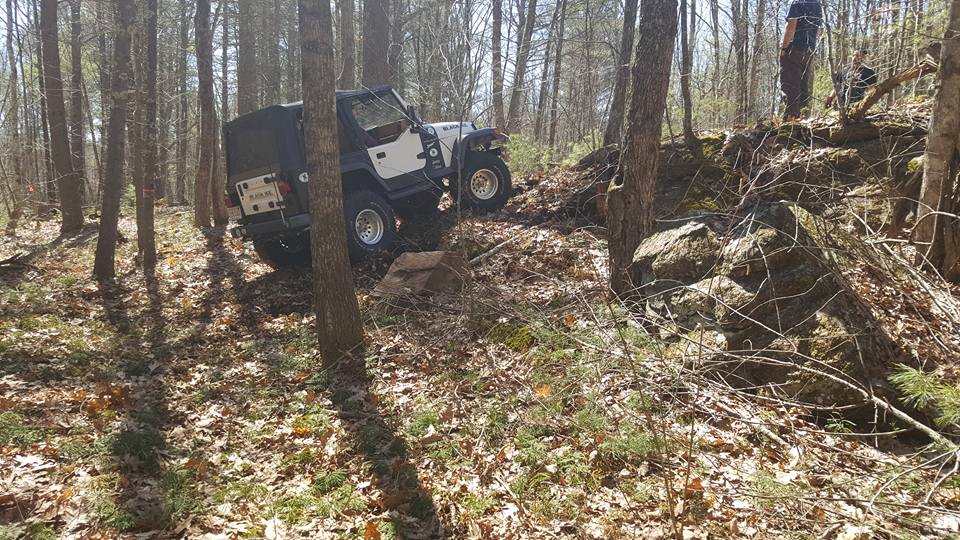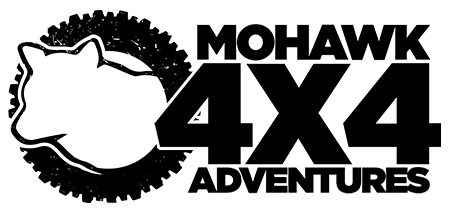April and May, 2017 – The Horse Farm
Here’s a few photographs from a private property we share access to with a couple of other clubs. The land owner was having a problem with trespassers littering, parking and blocking the trail head and entering here to hunt without permission. 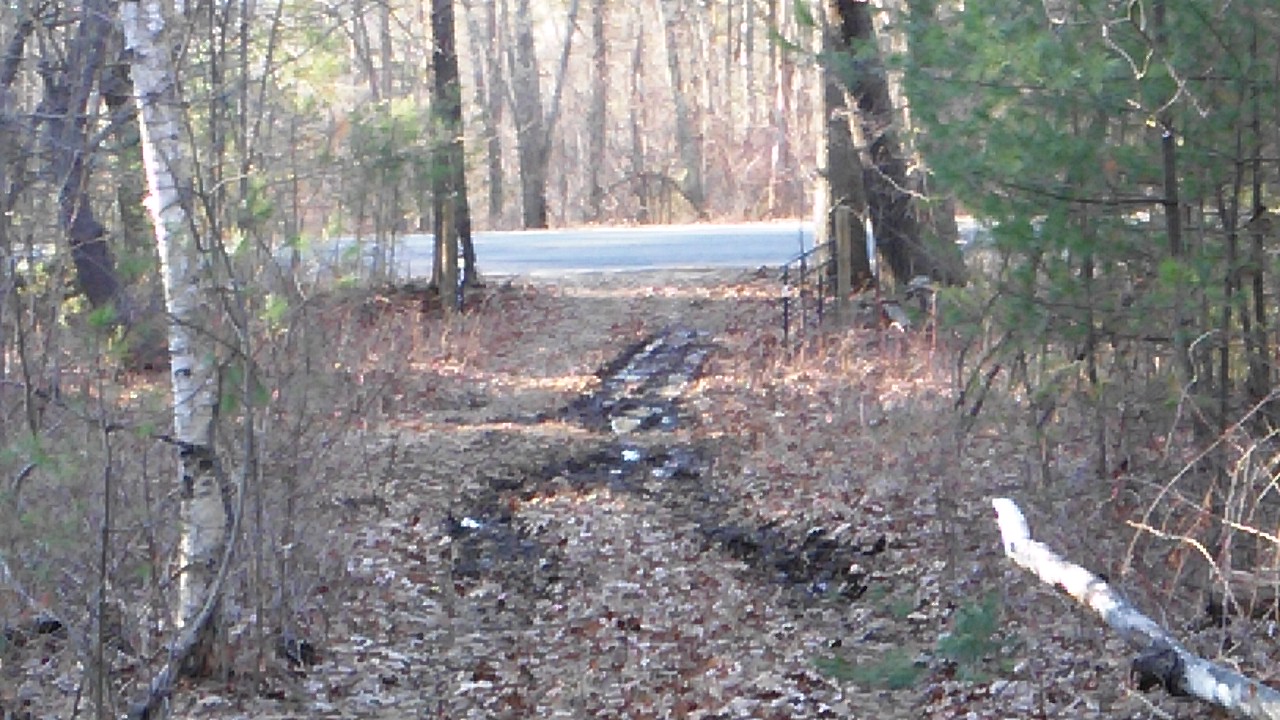
Here’s how we handled it to exceed the expectation of the land owner –
- The club scheduled two new dates on our club calendar and a plan is shared with members.
- A site visit is done on our first visit to determine the best solution to the problem. The volunteers also identified a challenging trail loop to add on to the trails network already in place. This is a win/win for the land owner and the clubs that share the limited access.
- A materials list is completed and materials are acquired to be delivered for pre-assembly off site at a member’s house. The club donated all materials cost for the project.
- The second date is postponed one week due to weather to minimize environmental impact. This is one reason we sometimes say, “…Because adventure is easy.”
- Members arrive with the tools needed, the materials needed and any safety gear needed. The work day is broken in to two parts: The gate installation and the trail cut.
- Using the owner’s tractor and post digging rig, the old rotted gate remnants are removed and our new gates are installed. To prevent trespassers from parking, it was recommended by the land owner to install the gate closer to the road than we originally planned. We collectively found there was an old primitive gate here across the stone wall.
- The gate is fully installed in under two hours, with new signs and a programmable combination lock.

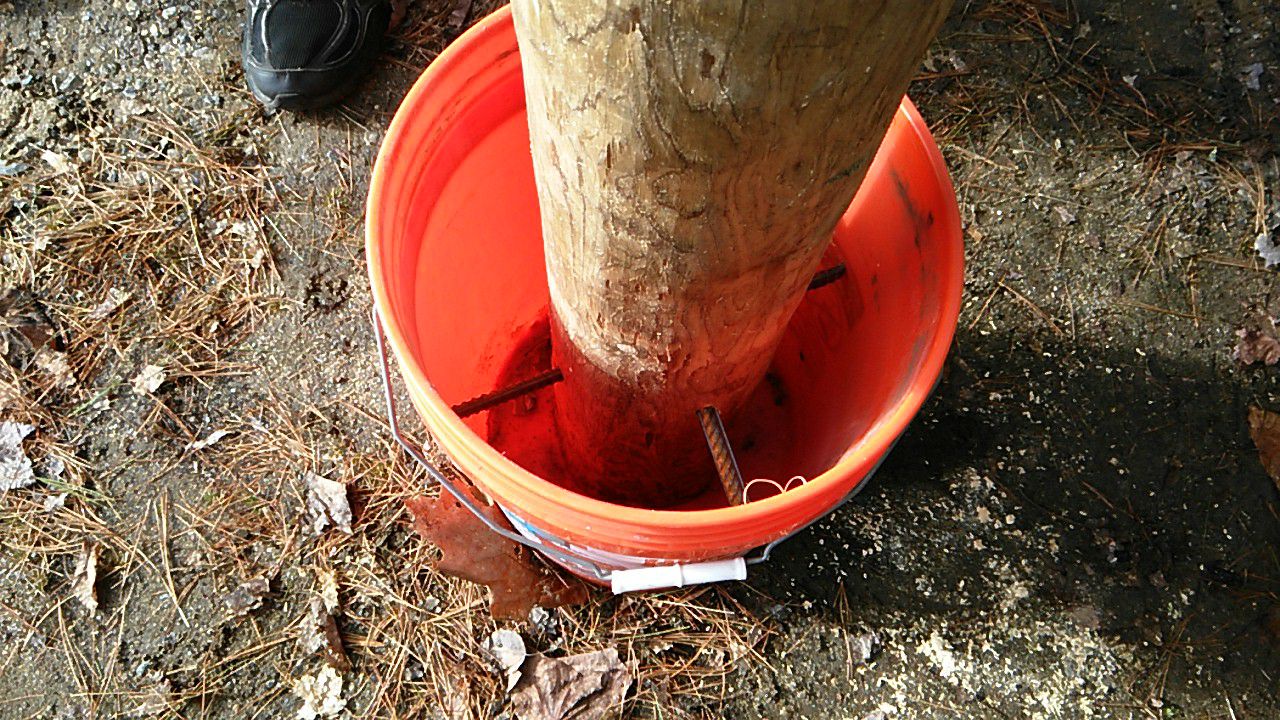
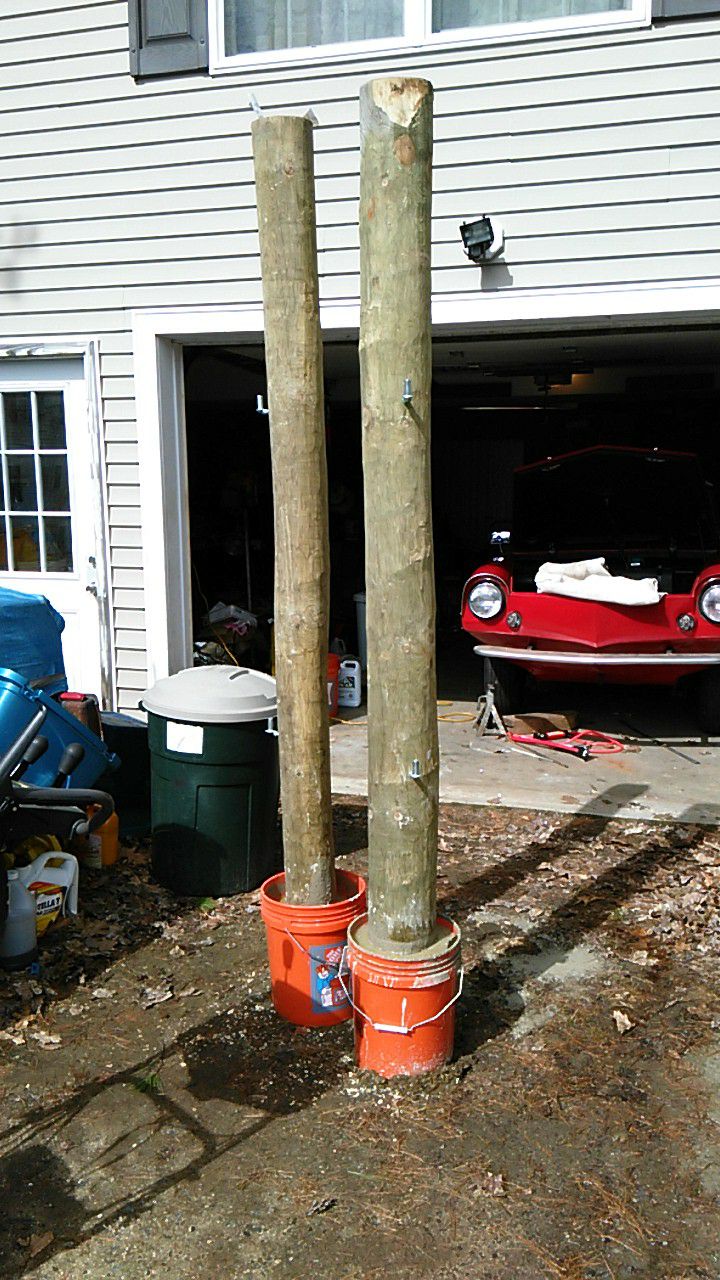
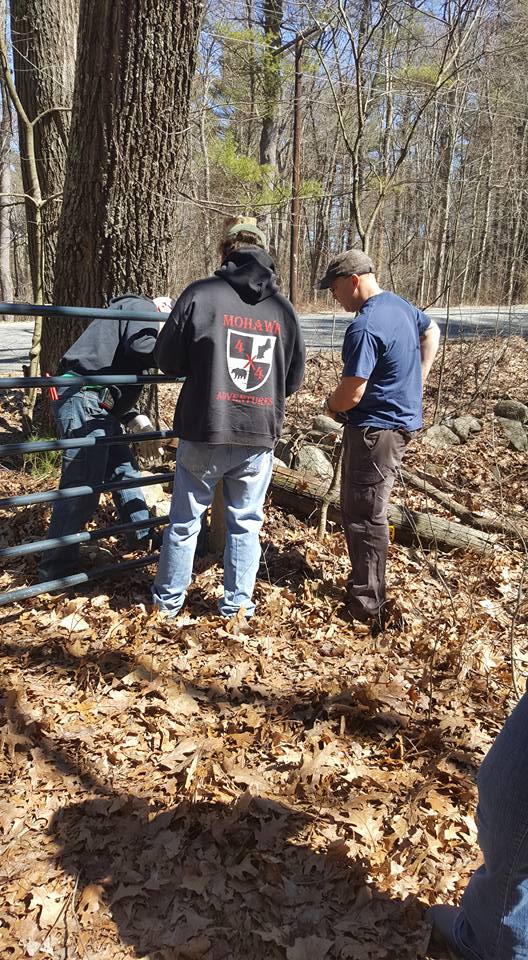
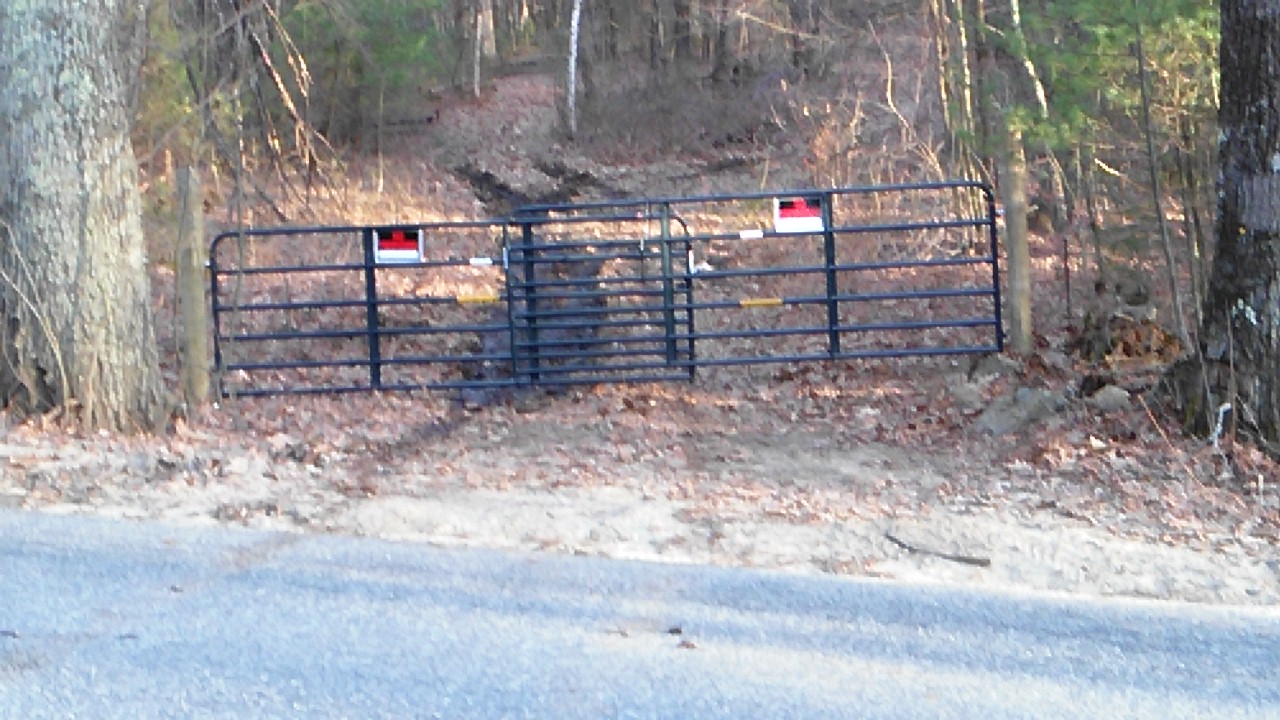
Here is the completed gate. Heavy duty wooden posts are cemented into five gallon buckets. The 8 ft tall posts are then buried. The gates over lap to cover a narrower gap than originally planned, closer to the road. When we open the gates to access our trails, the opening is plenty wide enough for our vehicles and the gates can be secured in the open position without swinging closed.
Working closely with land owners and managers creates lasting relationships with mutual benefits. After this gate was completed, our members were privileged with the opportunity to add additional trail. The new loop we completed utilizes rock ledge, tight turns and small hills to provide a fun, challenging trail. The loop also connects to another small difficult loop trail, and created a larger loop feature to the property. Our club strives to provide multiple loop trail systems when working on private properties. This allows a variety of trail difficulties while also allowing wheeling in a confined space to seem like an all day adventure.
Here’s some additional pictures of the trail work and USING the new trail the same day it was completed.
